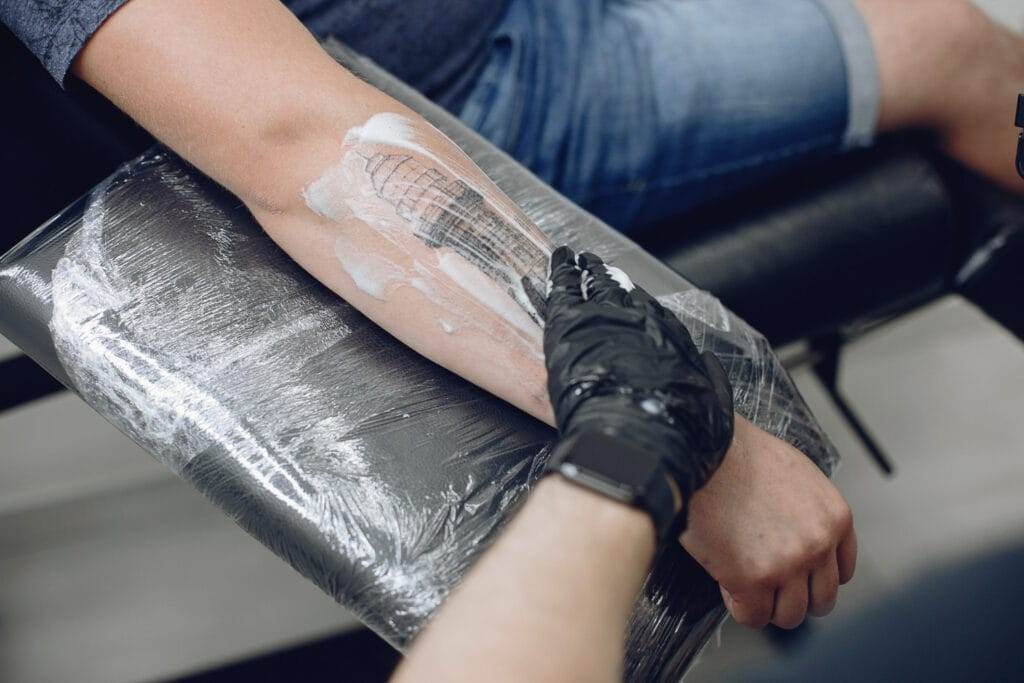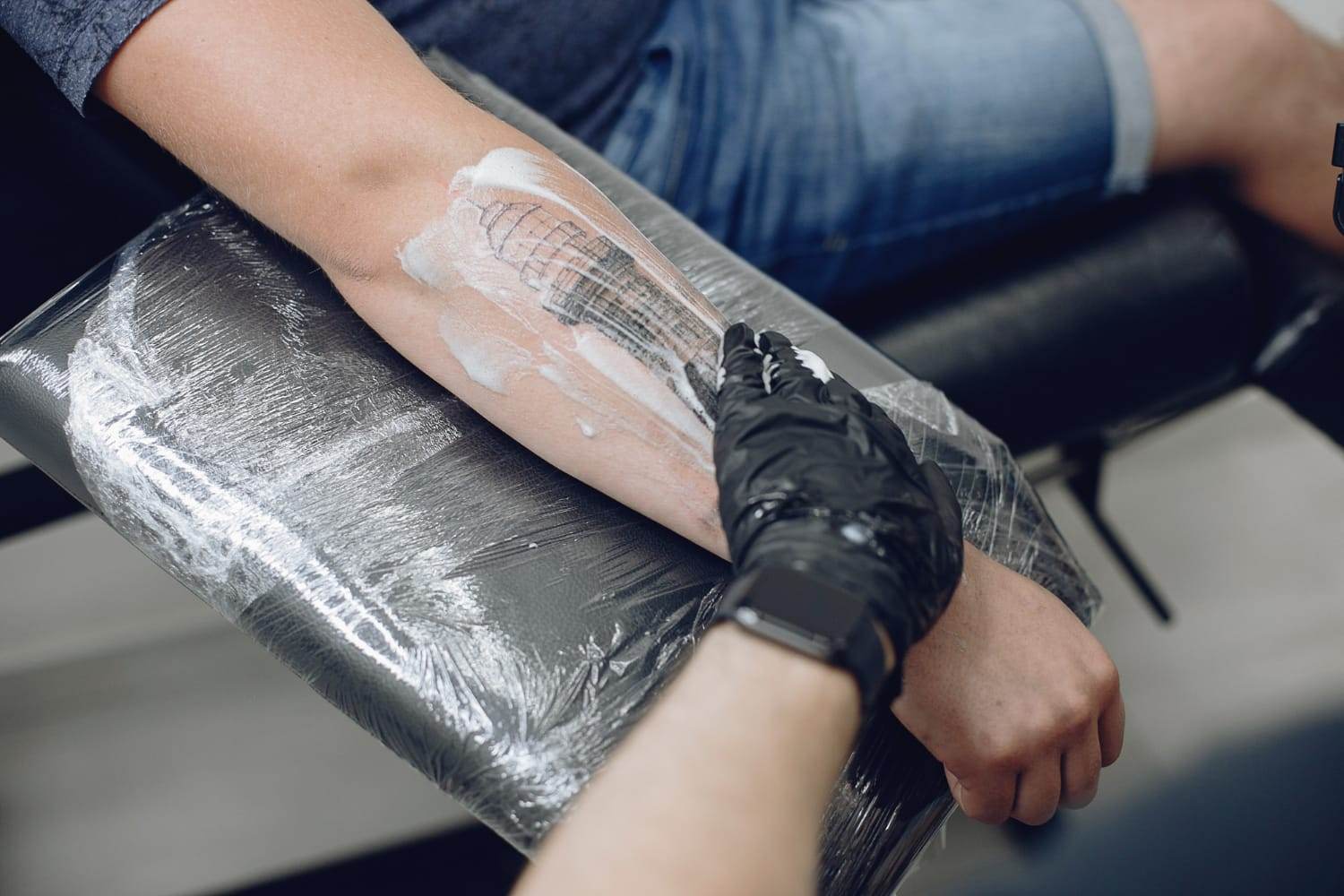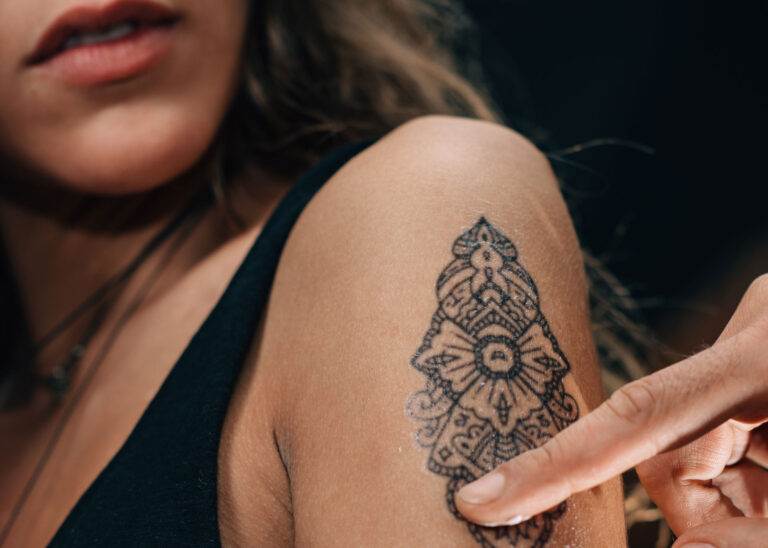In recent years, the popularity of tattoos as a form of self-expression has surged, leading to a parallel increase in the demand for tattoo removal services. While laser tattoo removal has been the conventional choice for many individuals seeking to eliminate their ink, alternative non-laser techniques are now gaining prominence as safer and more effective options.
Understanding Laser Tattoo Removal
Laser tattoo removal works by utilizing high-intensity light to fragment ink particles in the skin. Despite its effectiveness in numerous cases, this method can be painful, costly, and may not be suitable for all colors or skin types. Moreover, there are potential risks associated with laser tattoo removal, including scarring, infection, and alterations in skin pigmentation, prompting individuals to explore non-laser alternatives.
Exploring Non-Laser Tattoo Removal Techniques
Several non-laser tattoo removal methods are available for those looking to eradicate their tattoos without relying on lasers. Techniques such as chemical peels, dermabrasion, cryosurgery, salabrasion, and TCA tattoo removal offer distinct benefits and risks, with the effectiveness varying based on factors like tattoo size, color, and depth.
Chemical Peel: A Safe Approach to Tattoo Removal
Chemical peels involve using acid to eliminate the outer skin layer gradually and fade tattoos over time. This method is generally considered safe and effective for smaller tattoos and can often be administered in-office by trained professionals, making it a popular choice for laser-free tattoo removal.
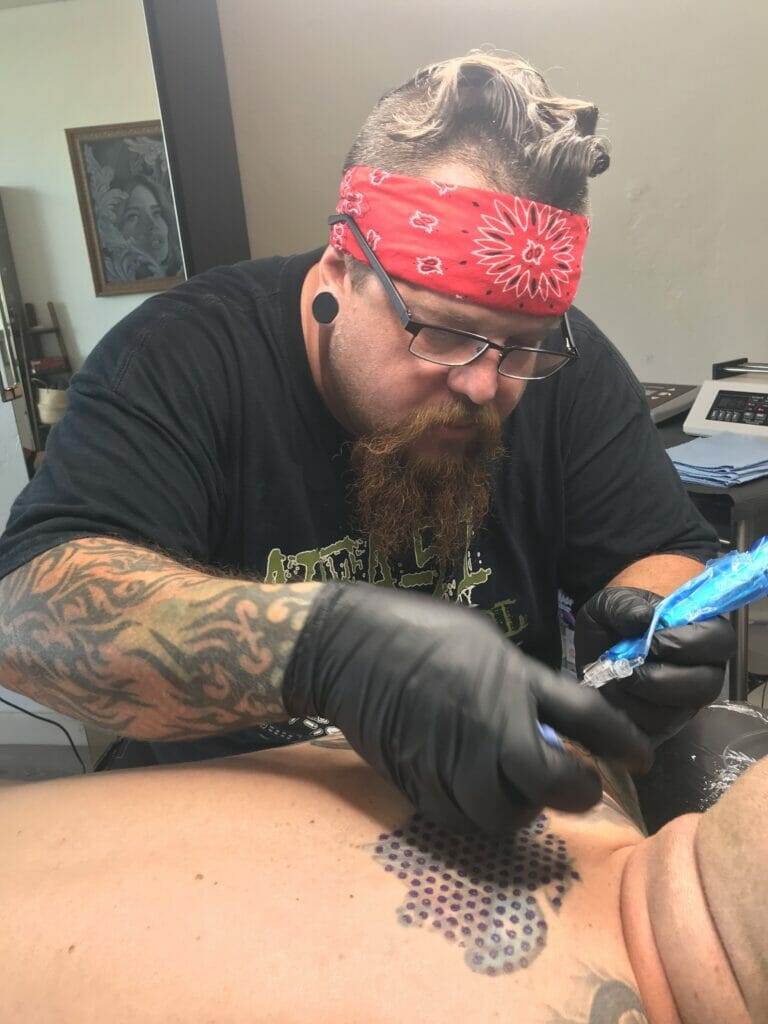
Dermabrasion: Targeting Deep Ink
Dermabrasion is another non-laser technique that entails using a rotating brush to abrade layers of skin and lighten tattoos. Particularly effective for deep-set ink resistant to other removal methods, dermabrasion may necessitate multiple sessions for optimal results.
Cryosurgery: Quick and Minimally Painful
Cryosurgery involves freezing and eliminating the top skin layer where the tattoo resides using extreme cold. Known for its swiftness and relatively low discomfort compared to other methods, cryosurgery may require multiple sessions for complete tattoo removal, depending on the tattoo type.
Salabrasion: An Ancient Technique Regaining Popularity
Salabrasion, an ancient method involving salt and water to remove the top skin layer with the tattoo, has resurged due to its effectiveness and cost-efficiency. While potentially more abrasive than other techniques, salabrasion presents a viable option for individuals seeking to fade their tattoos without lasers.
TCA Tattoo Removal: Gradual Fading Without Lasers
TCA (trichloroacetic acid) tattoo removal is a non-laser technique that employs acid to lighten tattoos progressively. While showing promise in fading tattoos without lasers, TCA removal may entail multiple sessions and can lead to skin irritation in some cases.
Natural Tattoo Removal Techniques: Their Safety and Efficacy
Natural methods like lemon juice, aloe vera, and sandalwood oil are often advocated as safe alternatives to laser removal. However, their effectiveness in tattoo removal lacks robust scientific backing, and they may trigger skin irritation or allergic reactions in certain individuals.
Optimizing Results Through Combined Techniques
For individuals with intricate or stubborn tattoos, combining various non-laser removal techniques may yield superior outcomes. Dermatologists can evaluate the tattoo’s size, color, and location to recommend the most effective combination of methods for successful removal. By blending techniques like chemical peels, dermabrasion, or cryosurgery, individuals can achieve comprehensive tattoo elimination sans lasers.
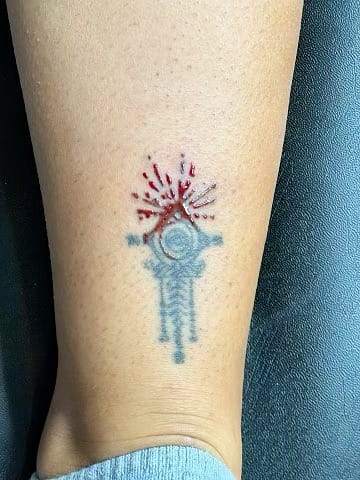
Choosing the Right Approach for Your Skin and Goals
Non-laser tattoo removal methods provide a safer and versatile alternative to traditional laser approaches. Each technique carries its unique benefits and risks, underscoring the importance of selecting the most suitable method based on individual skin characteristics and removal objectives. Consulting with a specialized dermatologist can facilitate an informed decision on the optimal non-laser technique tailored to specific needs. By exploring non-laser options for tattoo removal, individuals can effectively erase unwanted ink while preserving skin health and aesthetics.


